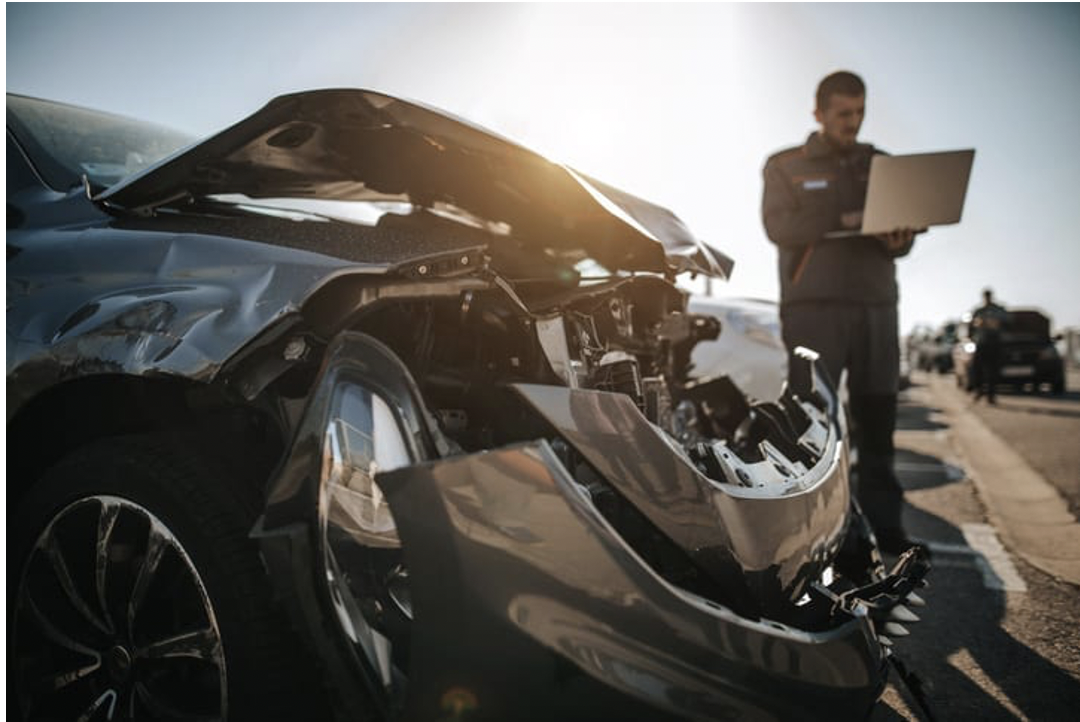
No city is a stranger to traffic congestion, but in many cases, it becomes more than an inconvenience. Many places that experience high traffic congestion also frequently witness car accidents.
Heavy traffic is often dangerous due to its unpredictability due to the constant stop-and-go, lane changes, and frustration that builds up in drivers because of being stuck in such a situation.
The more a road is congested, the more likely it is to have some kind of an accident, be it rear-end collisions, T-bone collisions, or, worst case, chain reaction collisions. Due to the risks and inconvenience congestion causes, it is crucial to know how it contributes to accidents. Knowing the causes can help drivers stay alert and cautious, reducing the risk of accidents in the common areas for car collisions.
In closely packed situations when the traffic is constantly stopping, there is no room for error. Such situations require drivers to be on their A-game; they must start, stop, and slow their vehicles on time; otherwise, they will crash into the vehicle ahead. Even slight delays in reacting can lead to accidents in such cases.
Accidents caused by slow reactions are particularly common in big cities where everyone is on a schedule to get their work done, as everyone rushes to their destinations, the road gets cramped.
In traffic situations when there is high congestion, it is likely that drivers get frustrated with the time that is getting wasted, the constant stopping, etc. While it is understood that such situations can be very frustrating, some drivers take their frustration to another level. Drivers often do dangerous maneuvers such as suddenly changing lanes or tailgating another vehicle, road rage, etc. Such unsafe moves put the driver and others around them in danger due to the high risk of accidents.
When vehicles take a long time to move, many drivers use that time to keep themselves busy. On one side, this may keep frustration at bay, but it also means the driver is not paying attention to driving the vehicle. If the driver is busy eating, checking phones, or having a deep conversation, they are likely to miss important cues.
Distraction can lead to accidents such as rear-end or side collisions on high-traffic roads, creating a bigger mess.
Urban areas usually have more traffic compared to the countryside. The crowd can get too much during rush hour when everyone is hurrying to their office on time. Almost every city has specific roads that locals know are prone to accidents during peak hours.
Congestion in urban areas can cause confusion, making even simple maneuvers such as using an intersection or merging lanes challenging. In such situations, it is necessary to exercise caution and to keep a clear head.
Road construction zones can also be particularly dangerous. When roads are blocked due to ongoing construction, the road becomes narrow or has detours to free that road under construction, etc. This often causes a bottleneck where several vehicles from multiple lanes squeeze through a two-lane opening.
This can also create confusion in so many ways, such as confusion regarding lane changes, problems due to improper signage, issues caused by abrupt lane changes, etc., which could all lead to accidents.
Traffic management is key to resolving and avoiding accidents caused by congestion. In areas where the roads lack proper signage, have unclear lane markings, and malfunctioning traffic signals, accidents are bound to happen. Government entities must ensure their roads are well-maintained with clean signage and lane markings.